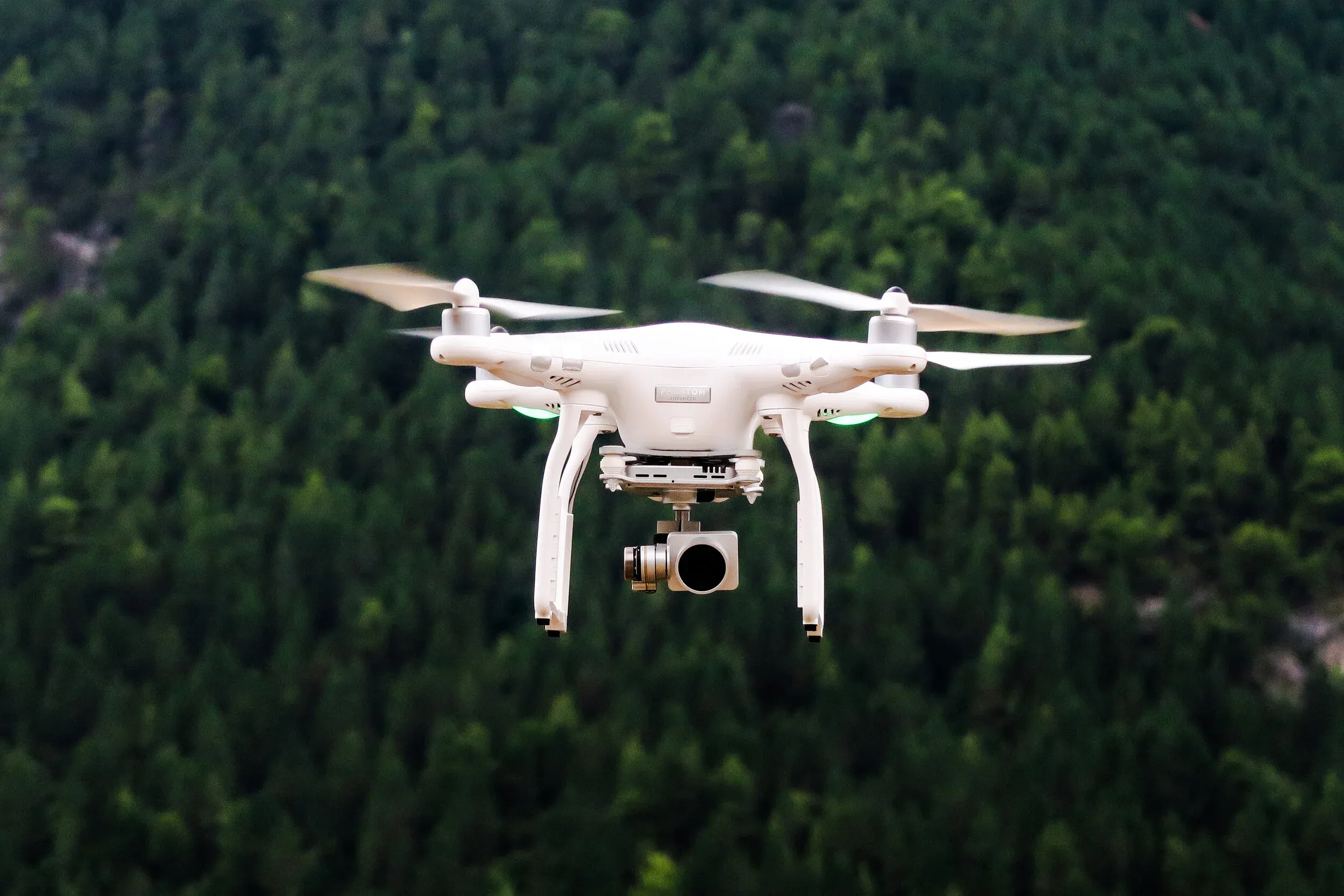
Drones have become a popular trend in the photography world in recent years. After all, these gadgets enable you to explore stunning angles that never would have been possible with a normal camera.
It’s no surprise that more and more couples are looking for photographers with drones that can capture their special day. But of course, while these nifty tools may resemble some of the toys you had as a child, they’re not always easy to operate. Plus, they’re not cheap either. Nonetheless, they make for a great investment that can give you an edge as a photographer. So, before you rush to get your own drone, here are a few things to keep in mind:
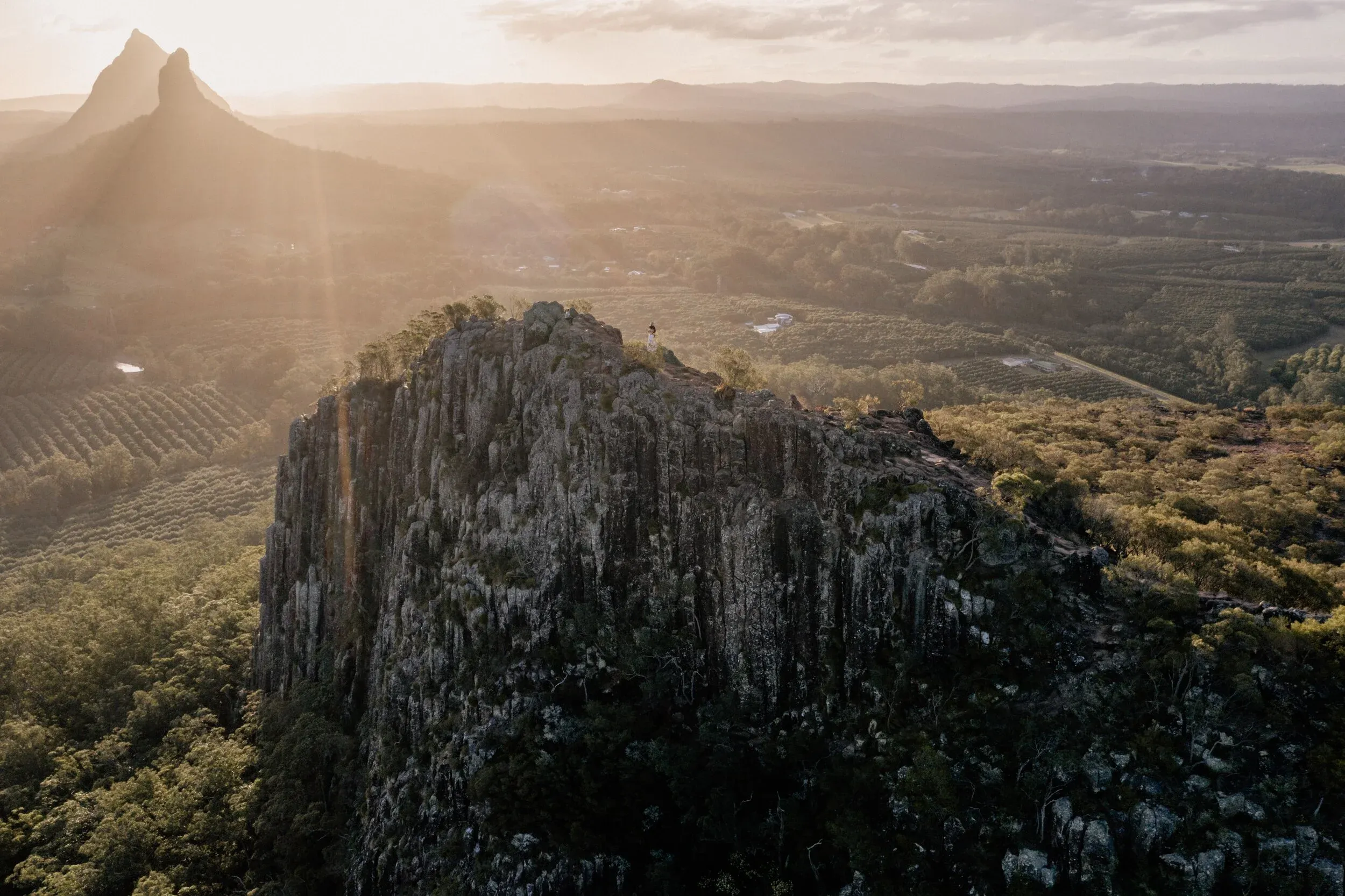
Understand the local regulations
The Federal Aviation Administration (FAA), does not allow the use of drones for commercial purposes — which unfortunately includes weddings. However, photographers can apply for an exemption to legally operate a drone. Business Insider lists additional drone regulations in each state as well. For example, Minnesota requires all drone users to have drone insurance. In addition to understanding country and state laws, it’s also important to be up to date with the regulations of the actual venue. Ultimately, the venue owner or manager gets the final say on whether you can use a drone or not.
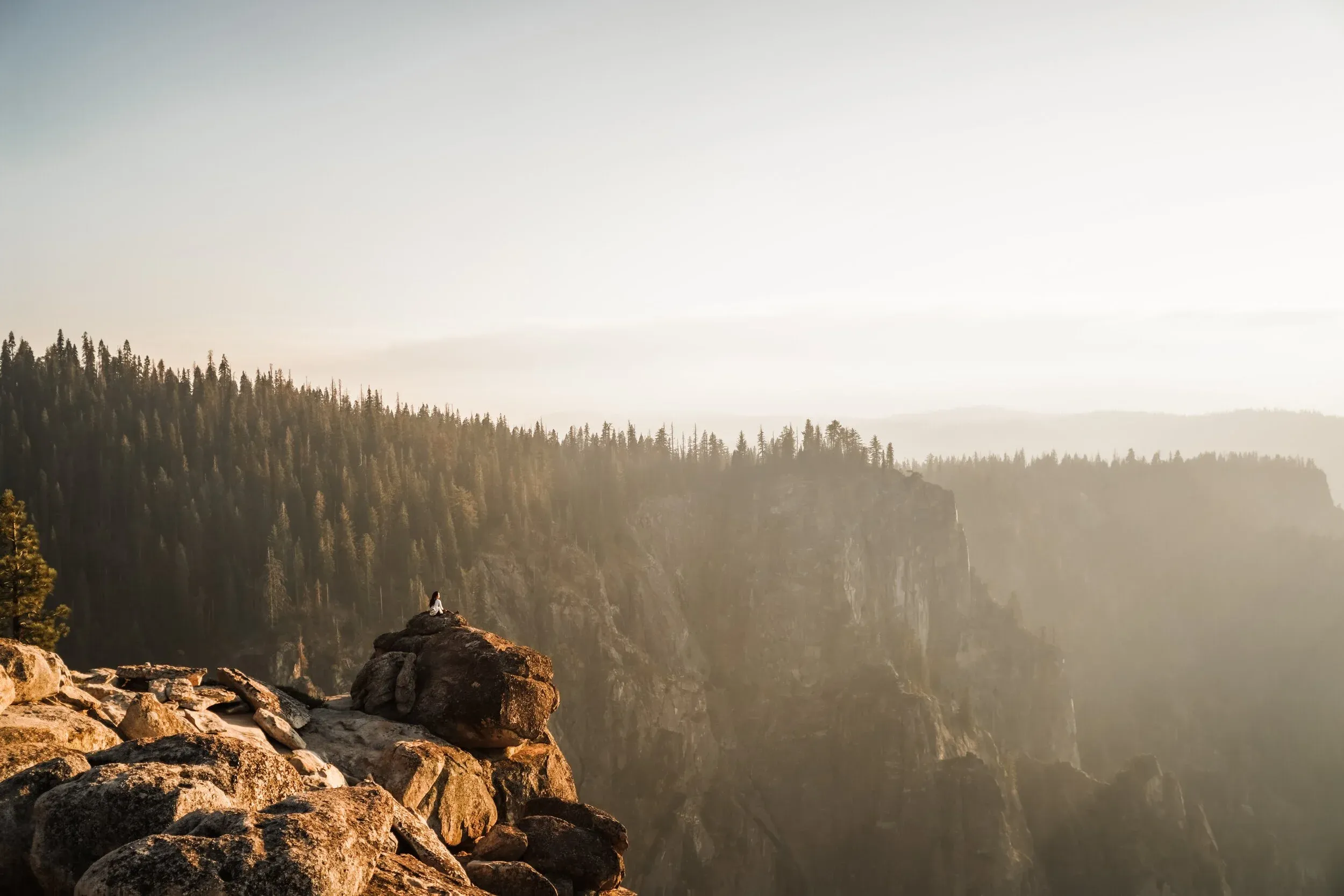
Select the best drone for you
Drones come in various shapes and sizes. Since you’re going to be using a drone for your job, it’s best not to cut corners when it comes to quality. As you can see by looking at the drones section on Adorama, there are several brands that will help you get the most out of your gear. For instance, the Yuneec Typhoon H Plus, which can give you 360-degree video. Moreover, it has Intel’s RealSense Technology and Follow Me mode to keep your camera focused while also avoiding hazards. On the other hand, the DJI Mavic 2 Pro was made in response to photographers wanting “a drone that feels like a DSLR in the sky.” True enough, it can capture beautiful 20MP aerial photos with excellent color detail, and 4K 10-bit HDR support.
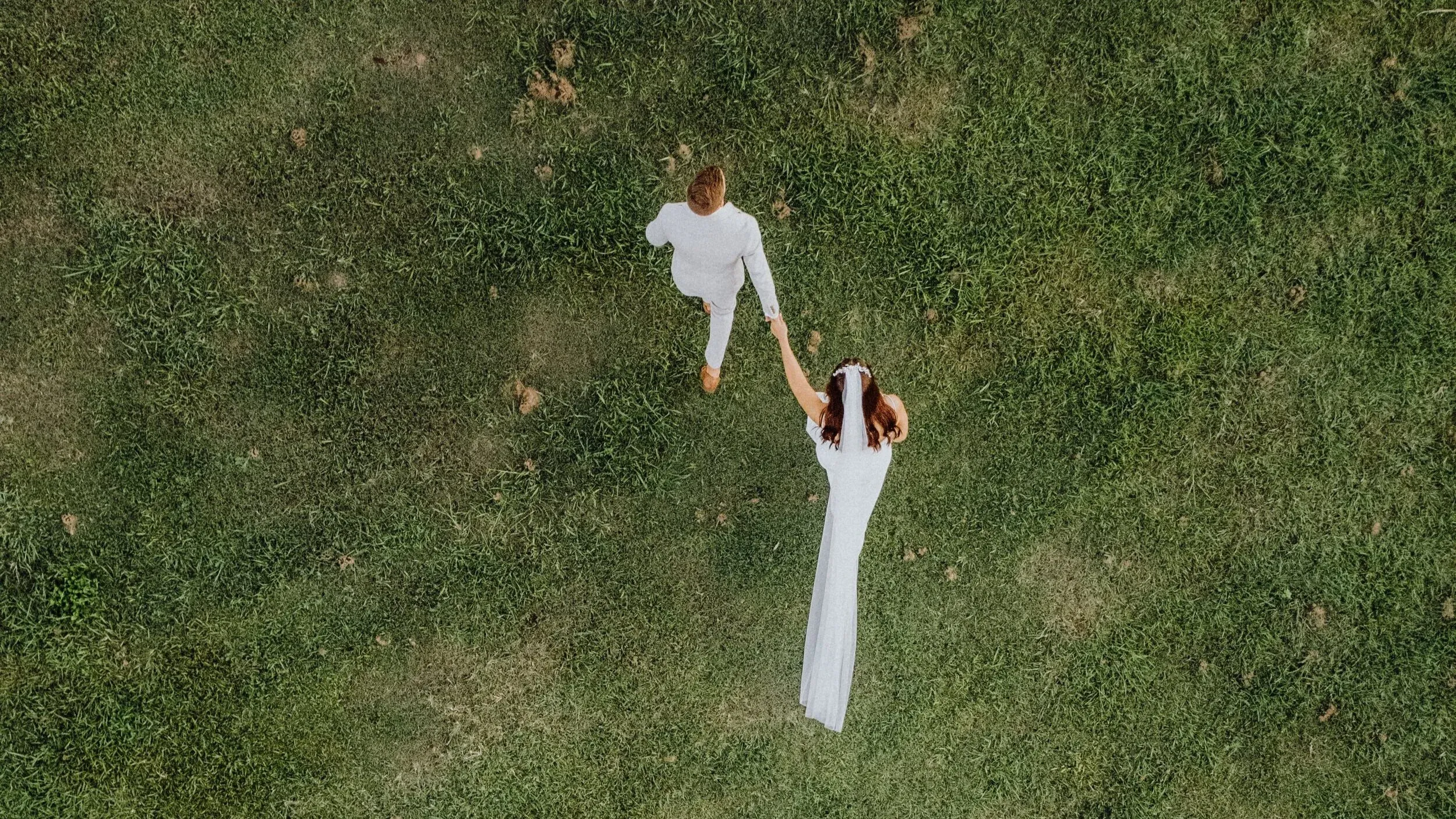
The right weather is essential
Drones are tough, but they’re still electronic devices that will break if they get completely soaked. On top of this, they can’t do their job properly with harsh winds present. Most drones can handle only up to level 5 winds, with gusts of up to 24 miles an hour. Winds can also cause your drone to crash or even fly into your guests (yes, that’s the worst case scenario). Cold weather isn’t much of a problem for drones though, as they will actually get more lift from the dense air — giving you more efficient airtime. Of course, the best weather to fly your drone in is calm and clear weather, so make sure you check the weather forecasts, as it will help you plan for every eventuality.
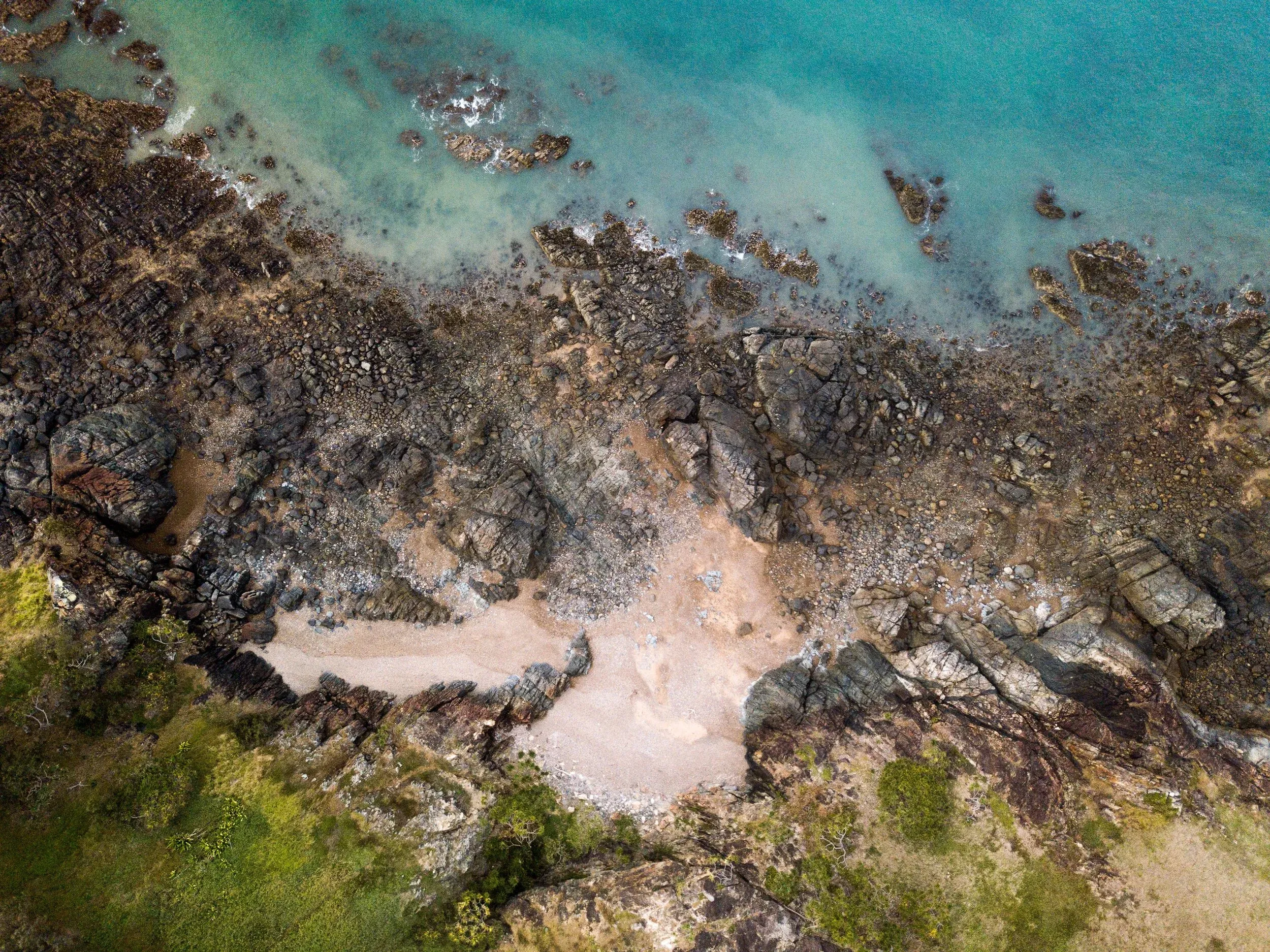
Get insurance for your drone
Despite developments in drone technology, accidents can still happen as mentioned above. When looking for an insurance company for your drone, consider factors such as flexible liability coverage. After all, it’s very possible to be over insured or under insured when it comes to the default coverage limits. Some red flags you should watch out for are lack of coverage options and no coverage for personal injury. In this regard, the Hartford lets you customize the inclusions of your coverage at an affordable price. However, a discussion on Drone Life explains how commercial drone operators prefer episodic insurance. This is because you receive insurance that’s customized just for the time, area, and risk involved for each time you fly. You don’t have to pay when you aren’t using your drone, so it provides more value for money.
Drones are indeed a good way to level up your wedding photography. If you’re looking for more tips and tricks, be sure to check out our blog on Wedding Hangover.